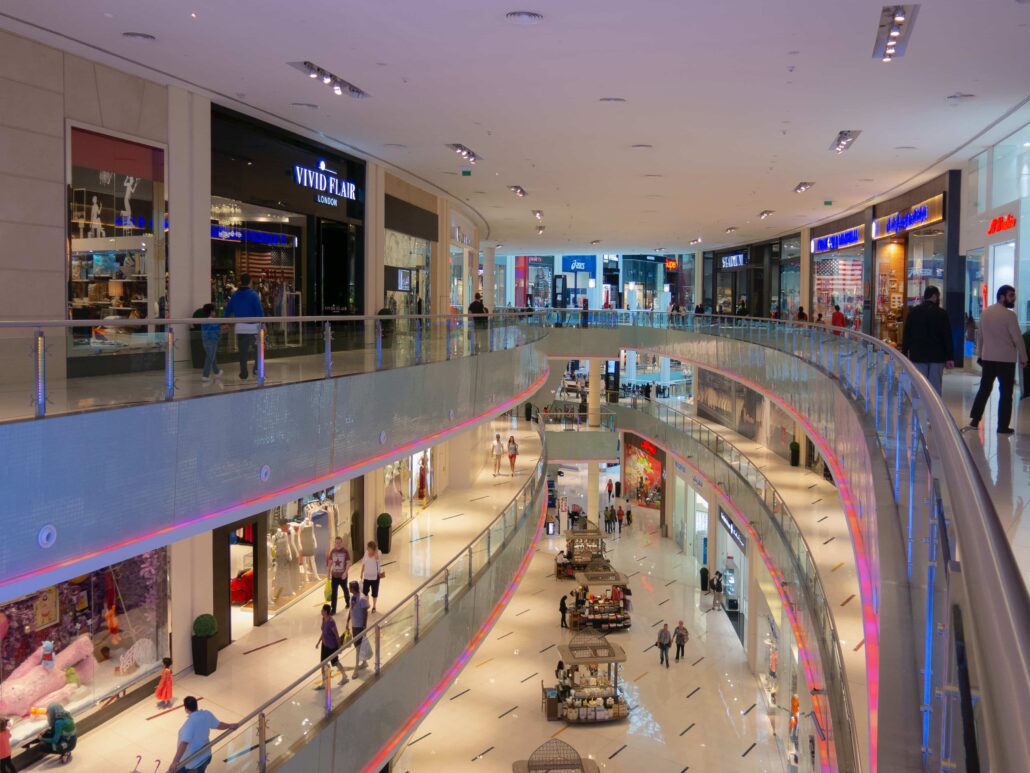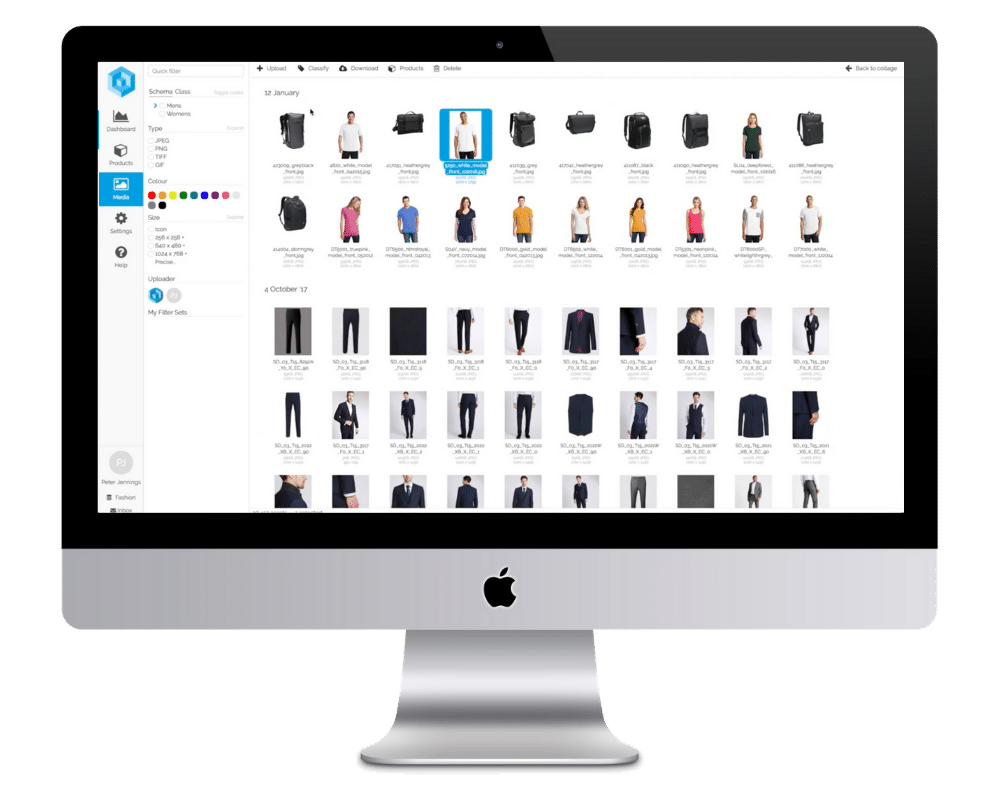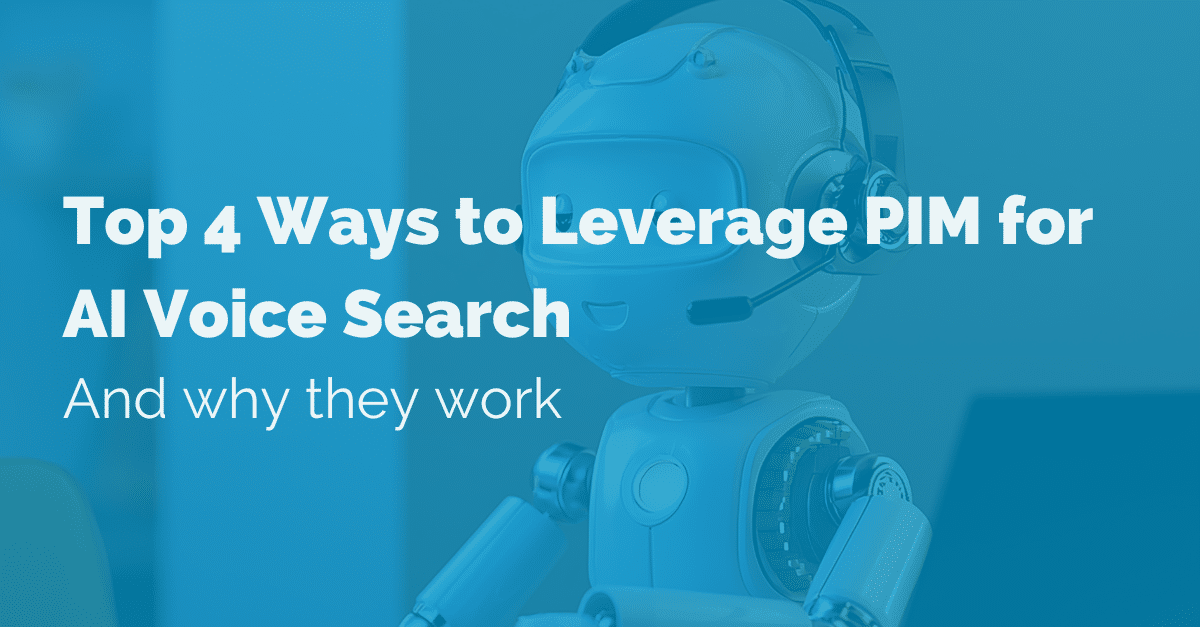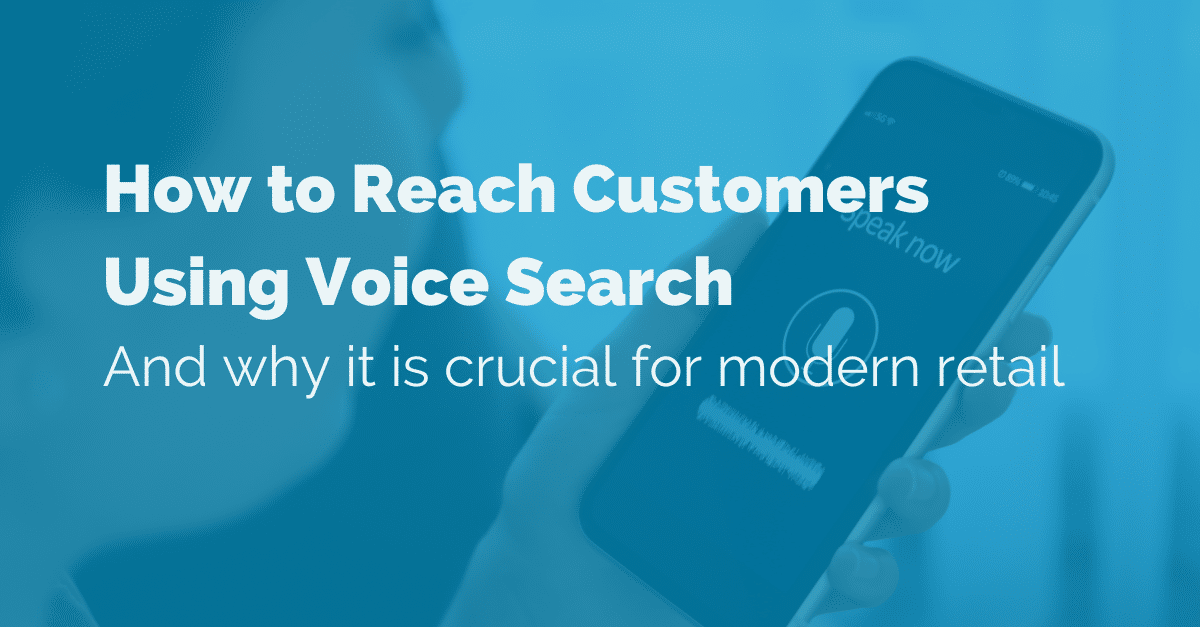The Rise of Immersive Shopping Experiences
Immersive commerce is no longer a novelty—it’s the new standard. With the rapid evolution of 3D and AR/VR technologies, eCommerce is being transformed from static catalog browsing into dynamic, interactive product experiences. Whether it’s rotating a sneaker in 3D, visualizing a sofa in your living room using AR, or exploring a virtual showroom for construction materials, customers today expect more than just images and text.

Industries like fashion, homeware, and building materials are leading the charge, recognizing the impact immersive technology has on purchase confidence, reduced returns, and brand differentiation. As the digital first generation gains more purchasing power, enterprises must be capable of delivering these high-fidelity experiences at scale.
Why Traditional DAM Systems Fall Short for 3D and AR/VR
Legacy digital asset management (DAM) systems were built for static assets—think JPEGs, PDFs, and videos—not real time rendered, interactive 3D files. Here’s where they falter:
- File Size and Format Limitations: Traditional DAMs often struggle with large .glb, .usdz, or .fbx files and lack the ability to convert them for different platforms.
- No Real-time Rendering Support: Without WebGL previews or AR viewer integrations, assets can’t be easily reviewed or deployed.
- Lack of SKU Mapping: Associating 3D assets to specific product variants is often manual, error-prone, and difficult to scale.
To stay competitive, enterprises need a DAM designed for today’s rich media demands. A modern PIM/DAM solution is the perfect place to start for digital change management.
Core Features Enterprises Need in a 3D & AR/VR DAM
Multi-format and Multi-channel Compatibility
Enterprise brands often juggle dozens of file types—from .glb and .usdz for AR, to .mp4 animations and .fbx models for configurators. Add to that the demands of platforms like Shopify, Instagram, and native mobile apps, and you have a recipe for chaos.
Pimberly’s advanced DAM system automatically transforms rich media into channel appropriate formats and resolutions. Whether you’re pushing 3D models to Shopify, deploying AR on mobile, or launching a Facebook product experience, every asset is rendered in the right format, every time.

Metadata & Version Control for Rich Media
Proper metadata is the backbone of any scalable 3D/AR/VR content strategy. Tags like “360-view” ensure teams can find and deploy the right assets fast.
Version control is equally crucial. Without it, multiple teams may unknowingly use outdated or non-compliant files. Pimberly supports structured metadata schemas, approval workflows, and rollback capabilities. In turn, you eliminate duplication, enforcing compliance, and increasing speed to market.
Real-time Collaboration & Workflow Automation
Managing immersive content across global creative, product, and marketing teams is challenging. Asset approval often requires input from stakeholders across time zones, while campaigns depend on quick turnarounds.
With Pimberly’s no code automation:
- Assets can be auto tagged based on filename or metadata.
- Approval triggers notify the next stakeholder in real time.
- Final assets are automatically published to your CMS or eCommerce platforms.
This shrinks asset approval cycles from weeks to days, reducing costs and accelerating launches.
AI-enhanced Tagging and Search

Tagging rich media manually is tedious and prone to errors. AI driven DAM systems like Pimberly alleviate this by:
- Recognizing product types and assigning relevant tags.
- Suggesting metadata based on usage context (e.g., “mobile AR render”).
- Boosting enterprise search by identifying campaign specific renders or regional variants.
This not only streamlines workflows but also supports strong governance and regulatory compliance.
Integration with PIM, ERP & CMS
3D and AR/VR assets don’t exist in a vacuum. In fact, they must be tied to product data, inventory levels, and front-end content. A modern DAM must:
- Sync with PIM systems for SKU data.
- Pull availability from ERP systems.
- Push content to CMS platforms for omnichannel delivery.
Pimberly’s native PIM-DAM integration eliminates manual syncing, enabling assets to be instantly deployed with the right context, attributes, and permissions. Consequently, you don’t have to rely solely on your dev teams.
Best Practices for Managing 3D & AR/VR Assets at Scale
Managing immersive content across regions, product lines, and teams requires strategic governance. Here’s how leading enterprises streamline their operations:
Standardize Naming Conventions and Taxonomy
A consistent naming structure like product_category_version_angle_format ensures assets are easily searchable. For example:
chair_mod123_angleA_mobile.glb
Pimberly allows teams to integrate naming conventions with automated metadata tagging, making organization and retrieval seamless. You’re able to access the data in seconds—from simple attributes to complex digital twins.
Use Lifecycle Tags (Draft, Approved, Deprecated)
Clearly defined lifecycle tags help avoid version chaos. Use:
- Draft for WIP renders
- Approved for stakeholder ready assets
- Deprecated for retired or outdated versions
Pimberly automates these transitions based on status or stakeholder input, ensuring only the latest assets go live.
Optimize Files for Mobile and Web

High-res 3D assets can overwhelm browsers and mobile devices. To ensure performance:
- Compress and simplify models for mobile
- Use .usdz for iOS AR and .glb for Android
- Preview performance with testing tools
Pimberly supports format transformation and previewing before deployment.
Create Access Tiers and Permissions (Internal vs External Partners)
Not every stakeholder needs full access. Use role-based permissions to:
- Limit view-only rights to resellers
- Grant edit access to internal teams
- Share via secure, expiring links
Pimberly ensures secure, auditable access via SSO and tokenized sharing.
Bonus Tip – Sync Assets with Product Data
Linking each 3D or AR/VR asset with specific SKUs ensures:
- Accurate display on product pages
- Streamlined localization workflows
- Elimination of mismatch risks between content and inventory
Centralized systems like Pimberly guarantee accurate, up-to-date experiences across platforms.
Building a Scalable Workflow with Pimberly DAM
Pimberly streamlines rich media management from upload to deployment:
- Drag-and-drop, no code workflows: Simplify complex asset pipelines.
- Bulk asset upload and tagging: Save time managing thousands of assets.
- Integrated product data: Tie visuals to SKUs and attributes.
- Fast, secure delivery: Push to eCommerce sites, mobile apps, and social channels instantly.
Whether you’re launching a new AR try on feature or updating 3D models across global stores, Pimberly lets you scale without bottlenecks.
Case Snapshot: Streamlining AR Asset Delivery in Manufacturing
A leading manufacturing brand needed to deliver 3D product models to retail partners, sales teams, and installers. Simultaneously, you’re able to keep files tied to up to date specifications.
Using Pimberly:
- Product models were uploaded once, auto tagged, and linked to SKUs.
- Sales and marketing teams accessed only the latest, approved assets.
- Retailers received optimized formats (.usdz/.glb) via secure links.
Time-to-market for product launches dropped by 40%, and rework costs fell significantly.
The Future of DAM: AI, DPP & Immersive Commerce
The future of DAM lies in:
- AI-first media management: Predictive asset tagging, smart routing, and usage suggestions.
- Digital Product Passport (DPP) compliance: Ensuring all rich assets meet evolving EU and global traceability standards.
- Unified product experience management: Combining PIM, DAM, and CMS into a single intelligent system for omnichannel excellence.
Pimberly is built for this future—offering the agility, intelligence, and extensibility that tomorrow’s enterprise demands.
Unlock the Power of Rich Media with Pimberly
3D and AR/VR assets aren’t just for show. They’re vital tools for boosting engagement, reducing returns, and driving conversion. But to make them work at scale, you need a DAM platform built for the job.
Pimberly’s PIM/DAM solution offers everything your enterprise needs:
- Support for all immersive formats
- AI-enhanced organization and governance
- Seamless integration with your tech stack
- Scalable workflows tailored to your team

















